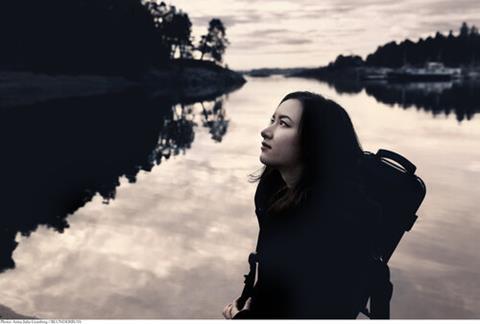The best way to create a unique interpretation of a commonly performed piece is to be yourself, shares violinist Sonoko Miriam Welde

I would be the first to admit that the pieces featured on my debut album are not exactly very obscure choices. The Bruch Violin Concerto and Vaughan Williams’ The Lark Ascending are frequently performed by violinists all around the world. I love these pieces so much though, and by recording them I am in a way sending the message that I think my interpretations are worth listening to, and worth adding to the already very rich recording history of these pieces. So, how do you make these pieces your own, different from other interpretations?
1) Don’t try to make your interpretation ‘unique’ or different just for the sake of being different. That would be a self-indulgent and not so honest approach towards the music, and you could end up with something slightly gimmicky and lacking of depth and integrity. We don’t want that now, do we?! (This is all easier said than done and I am reminding myself of these things as I type.)
2) Every musical decision you make, both conscious and unconscious, intellectual and intuitive, leads you towards an interpretation that’s uniquely ‘you’, because we all see, hear and feel things a little differently, and that will come through. So, use all the tools you’ve got to get to know a piece well. Listen to different recordings and think about what you like and don’t like about them. Sit with the score and rack your brain about what different tempo markings and their relation to each other mean. Play, play, play! Try things out and find what you like, and what you think makes the composer’s music come alive!
3) Over time your taste may change a little, and you will have different phases, ’obsessions’, and musical concepts that fascinate you. If you keep coming back to the same pieces once in a while, you’ll automatically see them through a slightly different lens each time and this will deepen your interpretations of pieces and your relationship to them. One of the inspiring things I get to see by studying with my teacher, Janine Jansen, is how she is constantly searching when working on pieces like the Bruch Concerto, which she has been performing for decades. She’s endlessly trying to figure out what Bruch meant with certain tempo markings, finding new colors, bowings and fingerings, etc. It never stops!
I’ll end this little blog post with some beautiful lines from Stephen Sondheim’s Sunday In The Park With George that I find quite fitting to this subject.
’Stop worrying if your vision
Is new
Let others make that decision-
They usually do
You keep moving on
…
Anything you do
Let it come from you
Then it will be new
Give us more to see...’
Sonoko Miriam Welde’s new album featuring works by Bruch, Vaughan Williams and Barber is out now on LAWO Classics
Watch: Audio: Janine Jansen plays Bruch Concerto with Royal Concertgebouw Orchestra at Carnegie Hall
Read: Janine Jansen: Twelve chosen Stradivaris
Read: 100 years of The Lark Ascending









































No comments yet